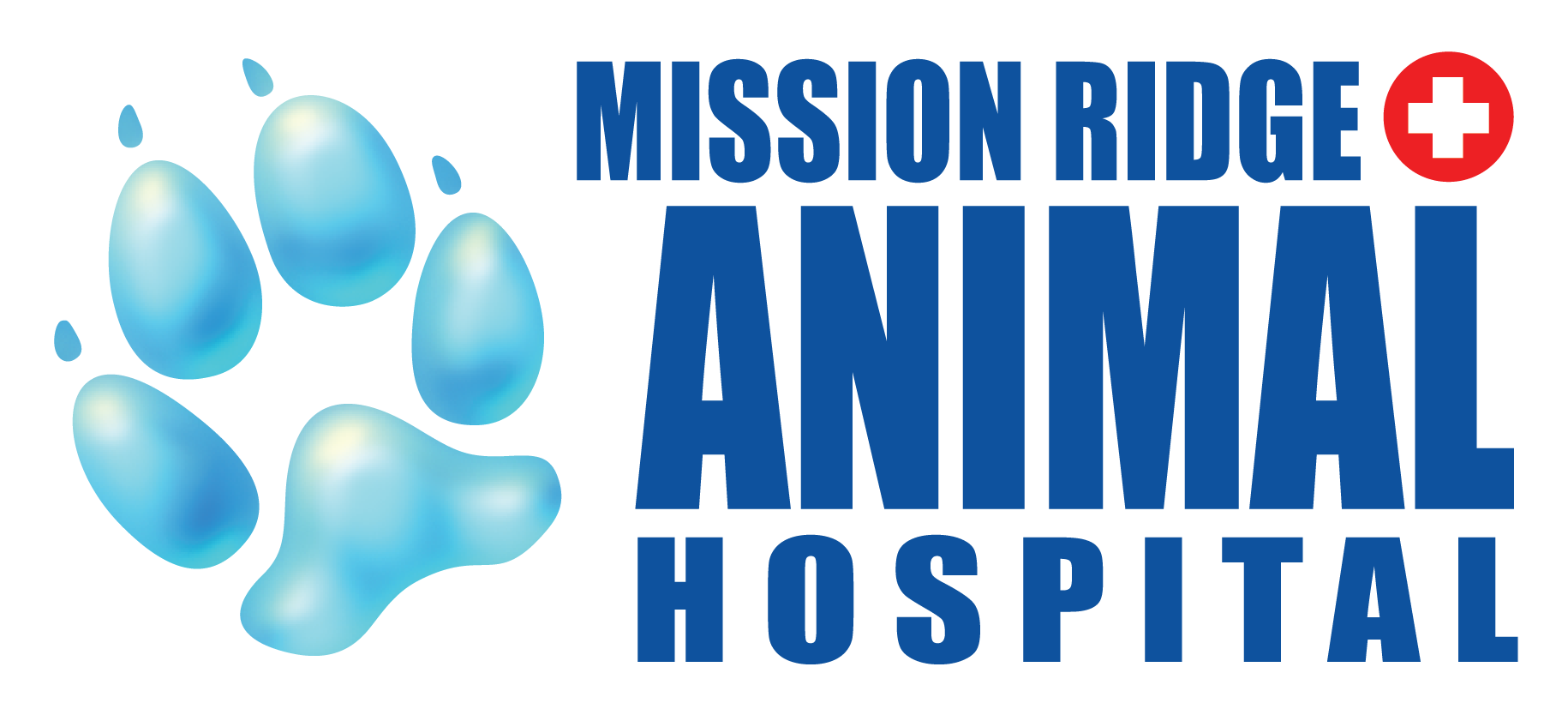The issue of burnout and compassion fatigue is an area of veterinary medicine that isn’t always apparent to those outside the profession. As with other helping professions, members of the team can struggle with ethical decisions and the demands of compassion stress. These issues can develop into serious and debilitating conditions if left unchecked.
“Compassion fatigue is the combination of emotional, physical, psychological, and spiritual exhaustion and depletion that can result when we are repeatedly exposed to another’s pain and suffering… Burnout is a state of physical, emotional, or mental exhaustion. People in helping professions are at greater risk of job turnout.” (Ontario Veterinary Medical Association)
“Several studies have identified a link between suicide and occupation (1), including the healthcare professions and our profession. The rate of suicide in the veterinary profession has been pegged as close to twice that of the dental profession, more than twice that of the medical profession (2), and four times the rate in the general population (3).” (The Canadian Veterinary Journal “Suicide in Veterinary Medicine” by Debbie Stoewen)
On average, a veterinarian and the hospital team spend more than 50% of their time assisting clients with patients that are sick, recovering or in palliative care. Many of these situations bring stressful decisions that often revolve around client relationships, quality of life, and treatment all within an owner’s budget. Policies to provide the best care possible to the patient can cause frustrations when the desired result isn’t readily available. Along with caring personalities that often accompany individuals in this field, these factors can lead to physical and mental exhaustion.
With the rise of awareness of mental illness, individuals should regularly monitor their mental health and ensure they take steps to lessen stress and increase resilience. Team members should encourage each other as often as possible and help develop coping strategies for everyone involved. Heightened awareness and access to resources to help identify and deal with stressors will ensure a workplace populated by deeply caring individuals.
Written by Rachel MacQueen, RVT



